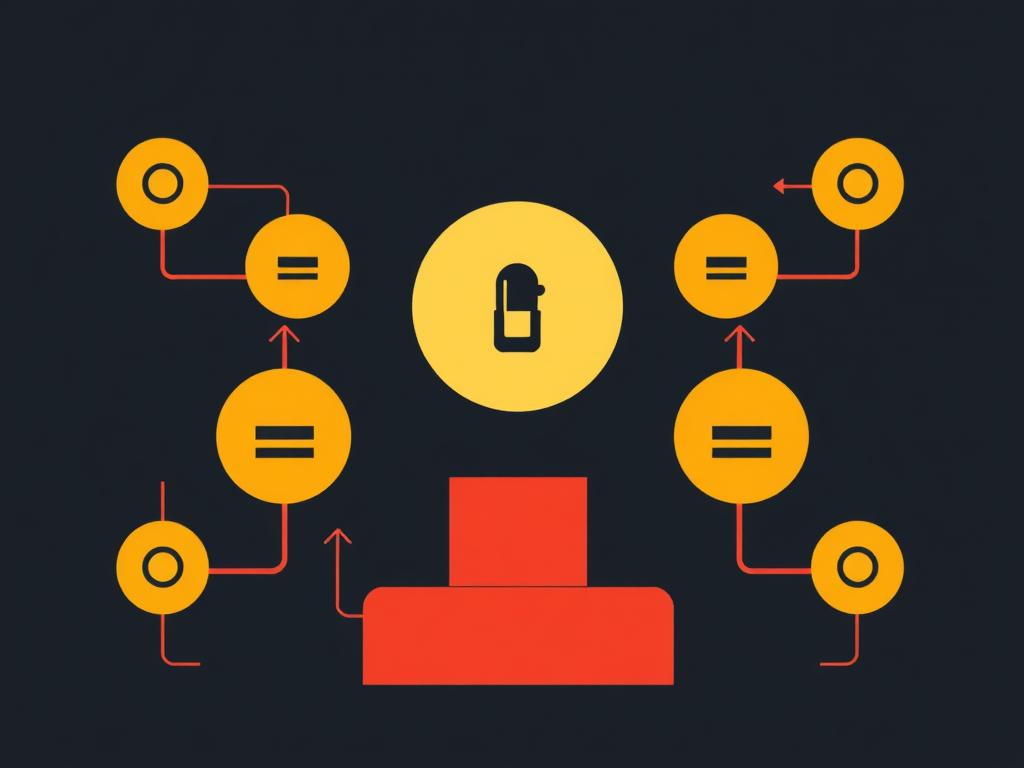In today’s fast-paced digital world, users expect services and applications to be available 24/7. Downtime, even if brief, can lead to frustrated customers, lost revenue, and reputational damage. This is where the concept of zero-downtime updates comes into play, allowing companies to deploy changes without interrupting the user experience. Among the various techniques designed to achieve this, soft updates stand out as a powerful strategy. They enable seamless upgrades, bug fixes, and new feature rollouts without taking systems offline. Let’s dive into what zero-downtime updates are, how soft updates work, and why they are transforming the way businesses manage software deployments.
Understanding Zero-Downtime Updates
Zero-downtime updates refer to the process of updating software systems so that the service remains available and fully functional throughout the deployment. Unlike traditional update methods that require stopping the service—resulting in downtime—zero-downtime updates eliminate or drastically reduce interruptions. This approach is critical for businesses that cannot afford any downtime, such as e-commerce platforms, financial services, and healthcare systems.
There are multiple techniques utilized for zero-downtime updates, including blue-green deployments, canary releases, and rolling updates. However, the common goal remains the same: maintaining continuous availability while delivering software improvements.
Why Zero-Downtime Matters
Imagine visiting an online store only to find the website down during checkout. Or consider a banking app suddenly becoming inaccessible when you need to transfer funds. Such interruptions are not just minor inconveniences; they can erode user trust and cause financial losses. According to studies, even seconds of downtime can lead to significant revenue impact. Therefore, implementing zero-downtime updates is not simply a technical preference – it’s a business imperative.
The Role of Soft Updates in Achieving Zero-Downtime
Soft updates are an innovative mechanism designed to minimize the disruption caused by software updates, particularly in file systems and database environments. Unlike hard updates, which apply changes directly and often require locking or halting operations, soft updates delay and reorder updates in a way that maintains system consistency without requiring downtime.
How Soft Updates Work
Soft updates revolve around a principle called dependency tracking. Each update is analyzed for dependencies on previous actions, ensuring operations are applied safely and in the correct order without compromising data integrity. This approach avoids the need for complex locking mechanisms and allows other operations to continue unhindered.
For example, in file systems, soft updates manage metadata changes so that the on-disk state is always consistent, even if a crash occurs during an update. Because of this, the system does not need a lengthy file system check after a crash, reducing downtime after unexpected failures.
Key Features of Soft Updates
- Consistency without locking: By tracking dependencies, soft updates maintain consistency without heavy lock contention.
- Improved performance: Since operations do not block one another, performance is optimized during updates.
- Crash recovery: The system can recover quickly without extensive repair operations.
Soft Updates Compared to Other Zero-Downtime Techniques

To better understand the power of soft updates, it helps to compare them with other popular zero-downtime update strategies.
| Technique | Description | Downtime Risk | Typical Use Cases |
|---|---|---|---|
| Blue-Green Deployment | Maintains two identical environments (blue and green); traffic switches between them when update is complete. | Very low, but requires duplicate infrastructure. | Web services, microservices |
| Canary Release | Rolls out updates incrementally to a small subset of users before wider deployment. | Low, allows rollback but requires monitoring. | Mobile apps, backend APIs |
| Rolling Updates | Updates servers one batch at a time without full service interruption. | Low, depending on orchestration. | Cloud infrastructure, clusters |
| Soft Updates | Applies updates asynchronously with dependency tracking to maintain consistency. | Minimal to none, ensures system integrity. | File systems, databases, embedded devices |
Why Choose Soft Updates?

Soft updates shine particularly in environments where maintaining data consistency and speed is crucial. In file systems like UFS (Unix File System), soft updates have revolutionized how metadata updates occur, virtually eliminating the need for file system checks that traditionally took hours after improper shutdowns. This method is ideal for systems where halting operations during updates is not acceptable.
Moreover, soft updates can be employed in database management, ensuring that transactions get committed smoothly without locking tables excessively, so read operations can continue. The beauty lies in balancing durability with availability.
Implementing Soft Updates: Best Practices
If you are intrigued by the benefits of soft updates and want to implement them in your systems, here are some best practices to consider.
1. Understand Your System’s Dependency Structure

Before applying soft updates, map out the dependencies between operations. Knowing which updates depend on the completion of others is vital to prevent inconsistencies.
2. Use Asynchronous Operations Wisely
Soft updates benefit from asynchronous, non-blocking operations that keep systems responsive. Make sure these async mechanisms are designed to detect and handle failures gracefully.
3. Monitor and Log Thoroughly
Since updates are applied behind the scenes, strong monitoring and logging are essential. This visibility will help you catch anomalies or failed updates before they impact users.
4. Test Crash Recovery Scenarios
One of the selling points of soft updates is improved crash recovery. Regularly simulate failures to validate that your system recovers cleanly and quickly, minimizing downtime.
The Future of Zero-Downtime Updates with Soft Updates
As technology evolves, the demand for seamless, zero-downtime updates will only increase. Soft updates present a compelling method to meet these demands adeptly. Integrating machine learning for predictive dependency management and automating the update pipeline further enhances this approach. Moreover, as edge computing and IoT devices proliferate, soft updates will become indispensable for maintaining operations across distributed, resource-constrained environments.
Summary Table: Advantages of Soft Updates in Modern Systems
| Advantage | Impact |
|---|---|
| Zero or minimal downtime | Continued system availability during updates |
| Data consistency | Prevents errors and corruption |
| Optimized performance | Reduces delays and blocking |
| Faster crash recovery | Minimizes service resumption time |
Common Challenges and How to Overcome Them
Though soft updates bring many benefits, they are not without challenges. Implementing proper dependency tracking requires deep knowledge of the system’s internal workings. Moreover, developing asynchronous update pipelines can complicate testing and debugging. To overcome these hurdles, many organizations invest in robust tooling and automated testing frameworks specifically tailored for soft update processes. Additionally, training teams on the intricacies of asynchronous consistency management is crucial for successful adoption.
Checklist for a Successful Soft Update Implementation
- Document update dependencies clearly
- Implement thorough unit and integration testing
- Deploy monitoring tools for update verification
- Prepare rollback procedures for edge cases
- Train team members on update strategies
Conclusion
Zero-downtime updates have become a necessity in a world where availability is paramount, and soft updates offer a powerful solution to meet this challenge. By enabling updates to apply asynchronously while maintaining system consistency, soft updates reduce or eliminate downtime, improve performance, and speed up recovery from crashes. Whether in file systems, databases, or other critical infrastructure, this approach exemplifies how thoughtful engineering can provide continuous service without compromising data integrity. As businesses and technologies evolve, embracing the power of soft updates will undoubtedly be a key factor in delivering reliable and seamless user experiences.

